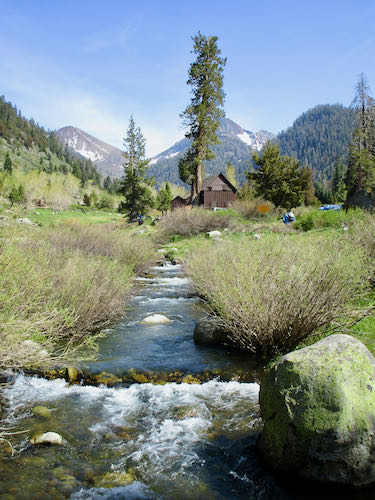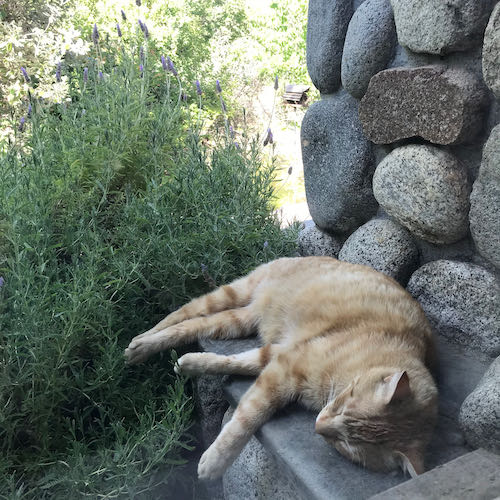There is a common thread running through this month’s list. You will see what I’ve been focusing on learning lately.
- Our front yard has a creature in it. It’s a vole. I’ve never seen one of those before.
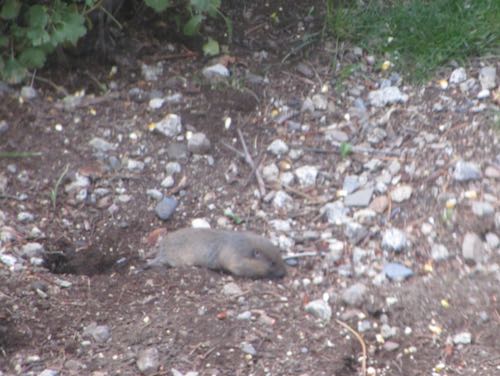
2. A friend showed us these inflatable solar lights from REI. Sounds like a great way to not use propane at the cabin, but the lights themselves run from about $30-$50, depending on the size. Inflatable!?!
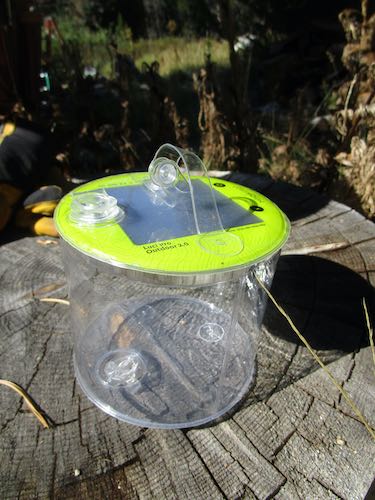
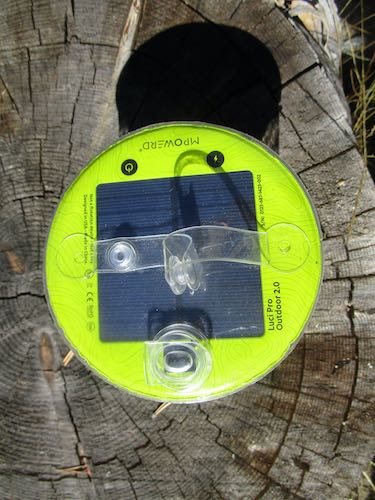
3. Glucose Revolution by Jessie Inchauspé is a book that has inspired me to change the way I eat. It is well-researched, well-written, and makes a ton of sense. Here it is on ThriftBooks (I got my copy at the library).
4. CACHE is starting a new quest to gather money to have longer hours. Their attempts to secure grants have been unsuccessful, so they will be asking 300 people to give $100/year for two years in order to be open more hours. This makes much more sense to me: the local people who care will be more involved if they feel responsible for helping to keep it running. You should see the museum now—it is fabulous, nothing like the normal small town history museums! CACHE = Center for Arts, Culture, & History, Exeter, and their website is here: CACHE
5. I learned how to transfer a pattern from a picture on the computer to a life-size outline on a wall.
6. Xylitol is a zero calorie sweetener made from the bark of birch trees. (Birch trees?? Who figured this out?) It is supposed to work on a 1:1 exchange with sugar in baking (too expensive for me!), and the reviews are mixed. Glucose Revolution says it might still spike your glucose (how?? why??); other sources say it is a great substitute without side effects. I think it tastes better than stevia (but I still prefer real sugar, so there!)
7. Monk fruit (what in the world?) is the favored non-sugar sweetener these days. I haven’t tried it yet.
8. Currants are difficult to pick, and when you run them through a juicer, they make orange goo rather than juice. If you want to make jelly, pick way way way more than you think you need, boil them awhile, then mash them in a colander for a long time to let the juice appear. Or, you can dig a hole in your garden and bury the entire mess.
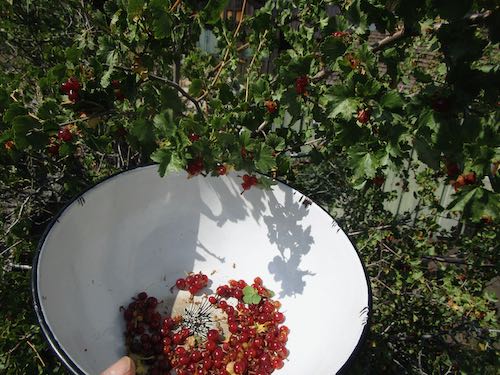
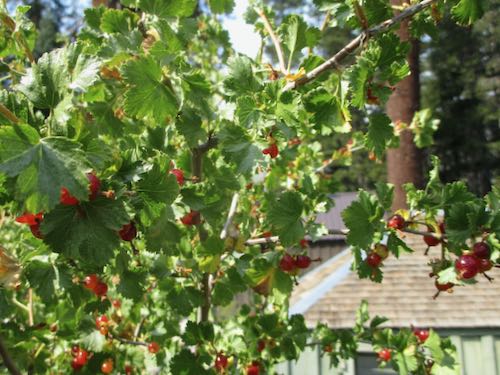
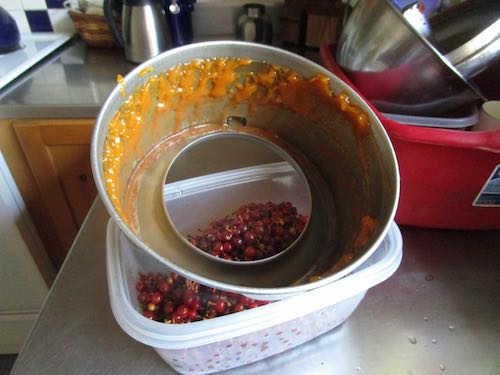
9. Did you know that buffalo are classified as bovines? I didn’t know either, until they were listed as possible subjects to enter into the current exhibit at CACHE, called “A Bovine State of Mind”.
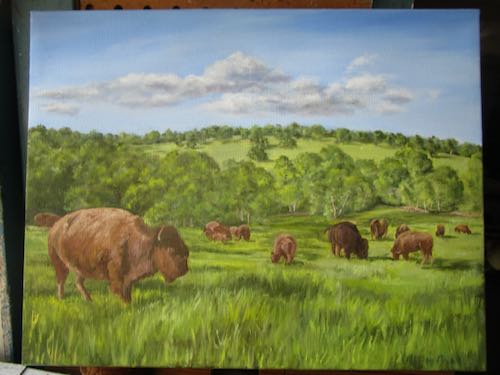
10. I heard somewhere that only 18% of Americans now attend church regularly. I’m not sure how “regularly” is actually defined here; I go native/rogue/heathen in the summer, and then attend regularly when the cabin is closed for the year. I love my church.
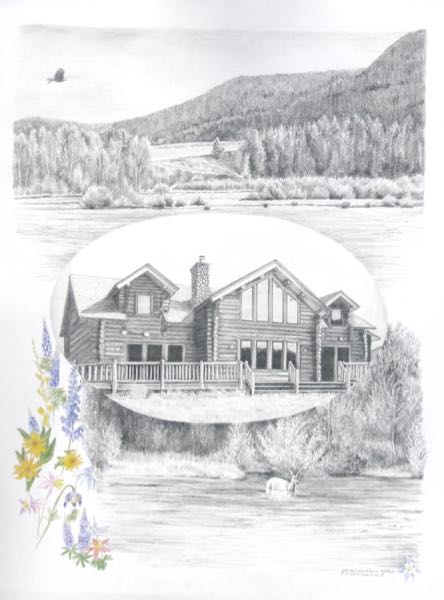
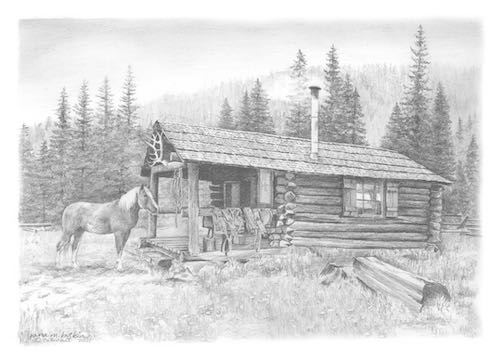
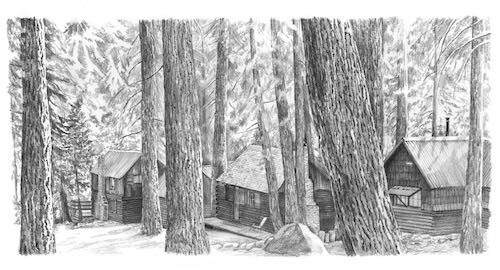 A Wilsonia road
A Wilsonia road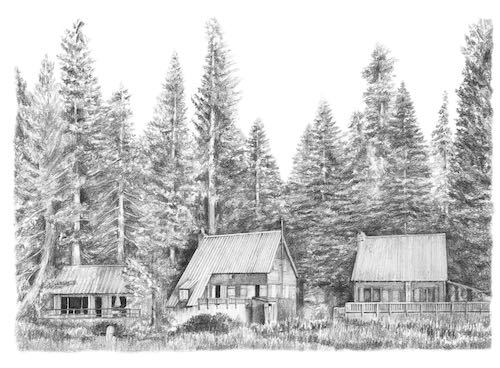 A Wilsonia neighborhood
A Wilsonia neighborhood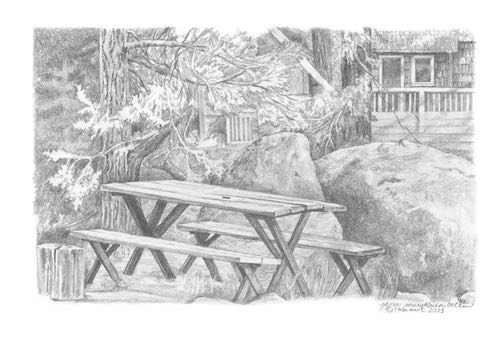 Outdoor dining is a big part of cabin life.
Outdoor dining is a big part of cabin life.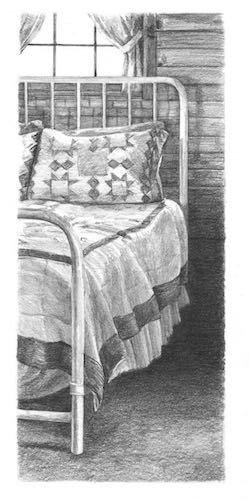 Napping is a regular method of relaxing at a cabin.
Napping is a regular method of relaxing at a cabin.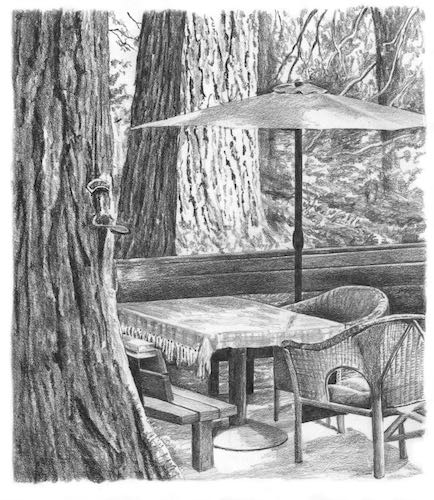 See? Outdoor dining area
See? Outdoor dining area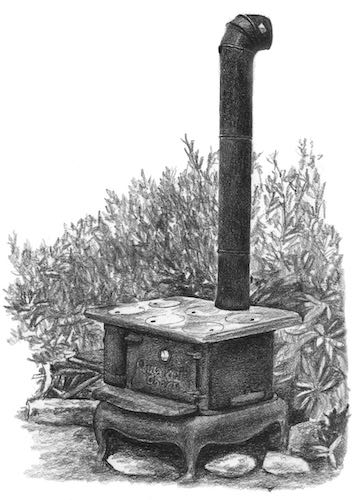 Even outdoor cooking!
Even outdoor cooking!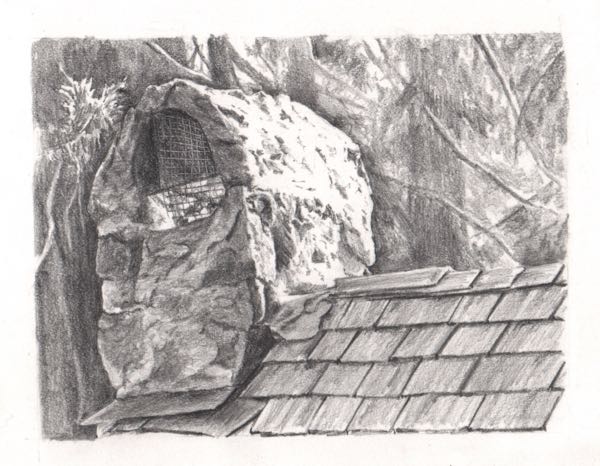
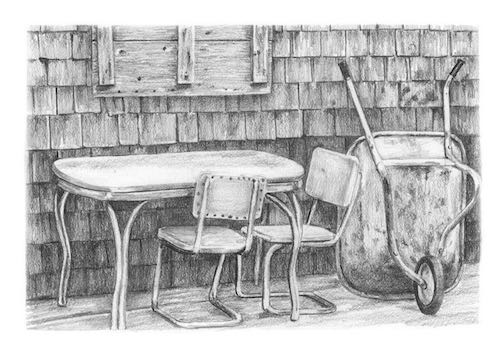 Eat and run??
Eat and run??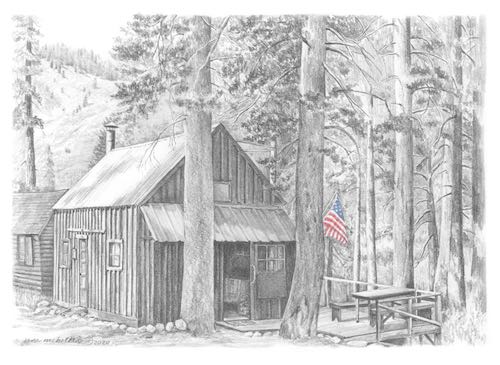 A dear friend of many years, Natalie, sent these thoughts, titled “What a Cabin Means to Me”. (Nat, I did a tiny bit of editing – hope it clarifies rather than changes your intent.)
A dear friend of many years, Natalie, sent these thoughts, titled “What a Cabin Means to Me”. (Nat, I did a tiny bit of editing – hope it clarifies rather than changes your intent.)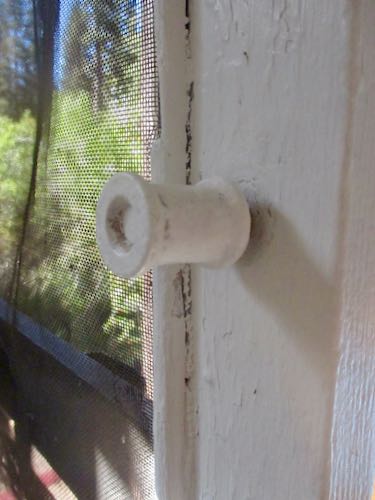
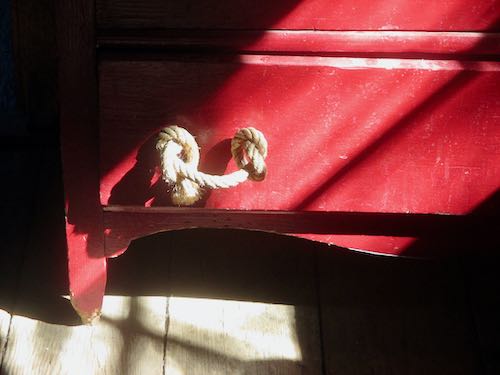 There is no single definition of “cabin”, but there is a feel to a place that makes it a cabin. I will share a few more ideas about it tomorrow. Then, maybe I will be finished with this topic. (No promises, because after all, my business is called Cabin Art.)
There is no single definition of “cabin”, but there is a feel to a place that makes it a cabin. I will share a few more ideas about it tomorrow. Then, maybe I will be finished with this topic. (No promises, because after all, my business is called Cabin Art.)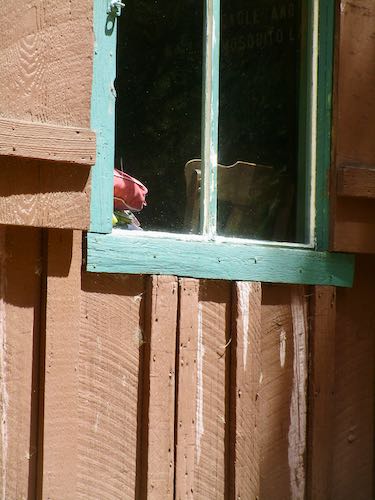
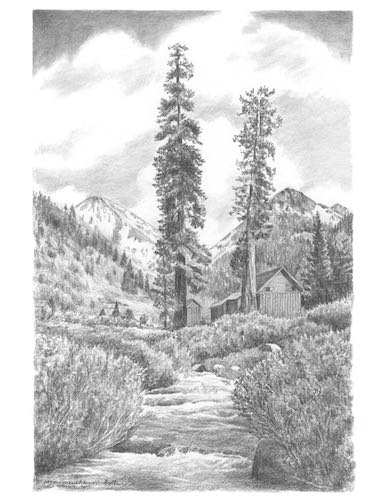 Mineral King cabin folks come from cities, suburbs, small towns and out in the country; we live in mansions, estates, apartments, and even a few normal houses. We are (or were) artists, bankers, equipment operators, janitors, teachers, farmers, administrative assistants, engineers, retirees, dental hygienists, sheriffs, lawyers, doctors, cowboys, builders, day care workers, musicians, optometrists, veterinary assistants, physical therapists, moms, Park employees, physician’s assistants, and those are just the first ones that come to mind. We come from Arizona, California, Oregon, Washington, Idaho, Nevada, Utah, Colorado, Virginia, New York, Hawaii, Florida, South Dakota, and Egypt. (And more places that I can’t remember. . .)
Mineral King cabin folks come from cities, suburbs, small towns and out in the country; we live in mansions, estates, apartments, and even a few normal houses. We are (or were) artists, bankers, equipment operators, janitors, teachers, farmers, administrative assistants, engineers, retirees, dental hygienists, sheriffs, lawyers, doctors, cowboys, builders, day care workers, musicians, optometrists, veterinary assistants, physical therapists, moms, Park employees, physician’s assistants, and those are just the first ones that come to mind. We come from Arizona, California, Oregon, Washington, Idaho, Nevada, Utah, Colorado, Virginia, New York, Hawaii, Florida, South Dakota, and Egypt. (And more places that I can’t remember. . .)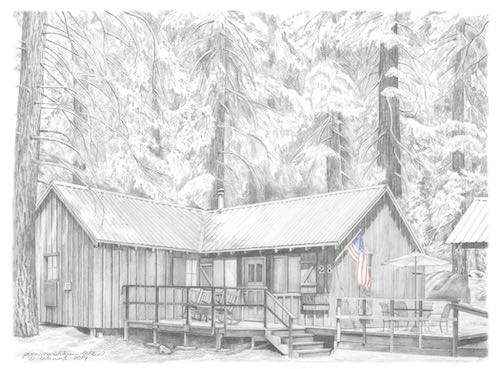 Our Mineral King cabins, AKA “small, poorly constructed huts in the woods”, are great equalizers.
Our Mineral King cabins, AKA “small, poorly constructed huts in the woods”, are great equalizers.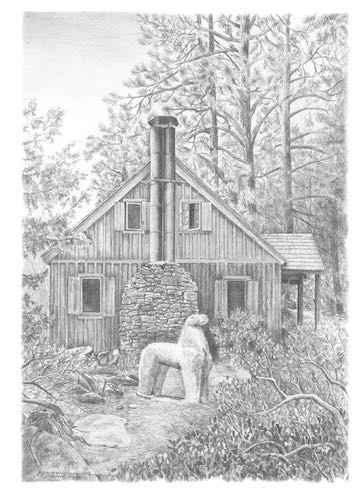 Every single cabin user has to figure out how to deal with unreliable water, peculiar propane appliances, old stuff that may or may not work, and the definite lack of a maintenance department, hardware or grocery store. There is a terrible road to get there, rodents, spiders and other wildlife that may or may not be appreciated, and all sorts of unexpected situations. (Who left this chair and what happened to my flashlight?? Does anyone have any birthday candles? What’s wrong with this place that has no outlets? Are you serious that I cannot blow-dry my hair?)
Every single cabin user has to figure out how to deal with unreliable water, peculiar propane appliances, old stuff that may or may not work, and the definite lack of a maintenance department, hardware or grocery store. There is a terrible road to get there, rodents, spiders and other wildlife that may or may not be appreciated, and all sorts of unexpected situations. (Who left this chair and what happened to my flashlight?? Does anyone have any birthday candles? What’s wrong with this place that has no outlets? Are you serious that I cannot blow-dry my hair?)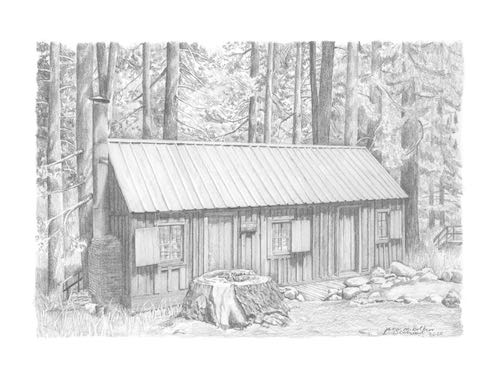 Whether folks have complicated lives in fancy places or plainer lives in simpler places, all view a cabin as a mixed blessing: a family tradition, a repository of memories, and a bit of an inconvenience, but still a huge treat, their own treasured shabby shack in the mountains.
Whether folks have complicated lives in fancy places or plainer lives in simpler places, all view a cabin as a mixed blessing: a family tradition, a repository of memories, and a bit of an inconvenience, but still a huge treat, their own treasured shabby shack in the mountains.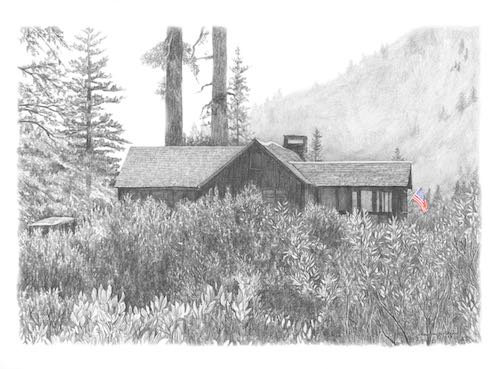
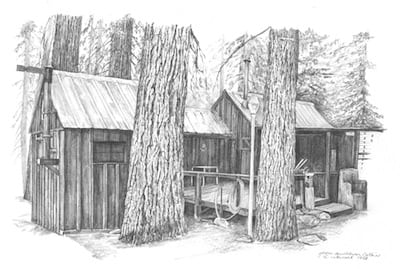
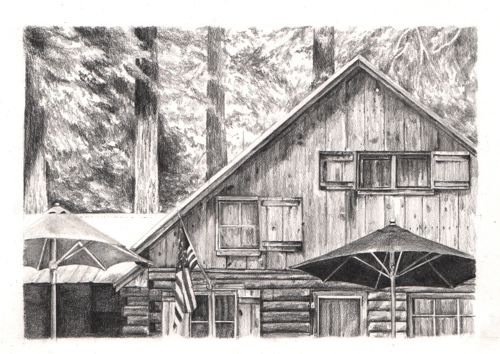 What is a Cabin?
What is a Cabin?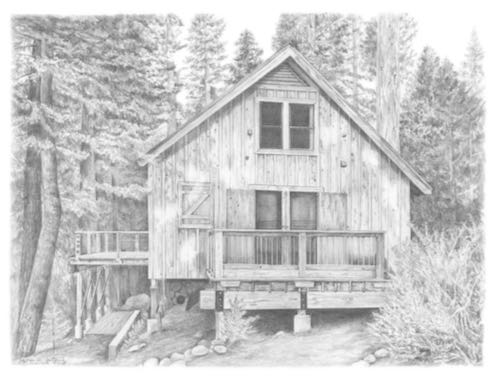
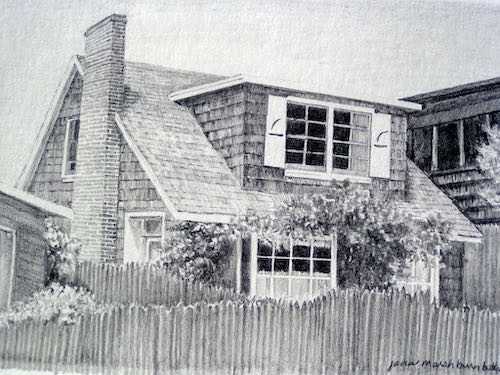
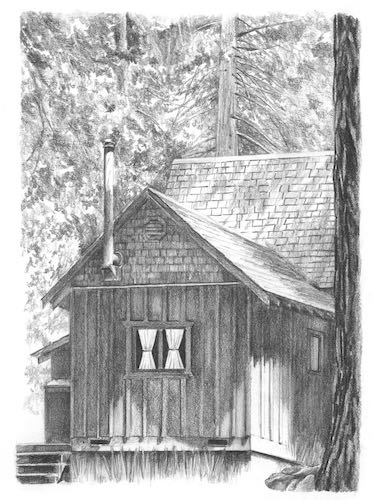
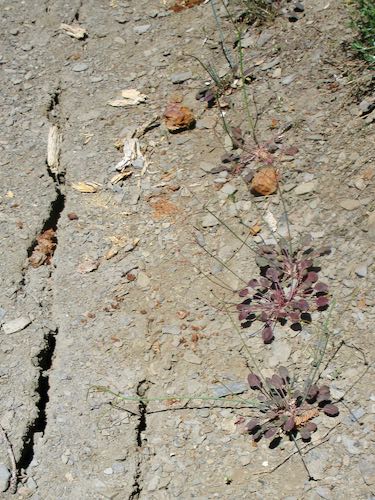
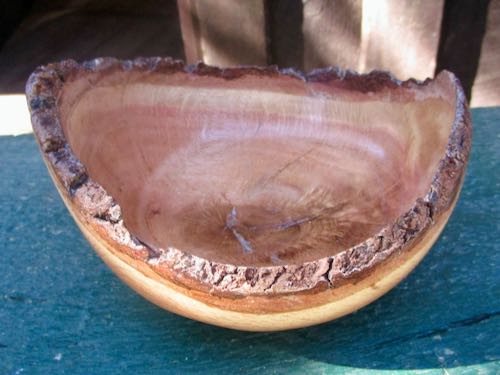
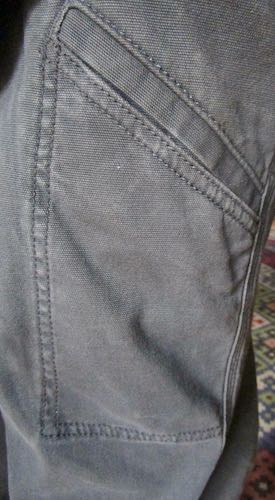
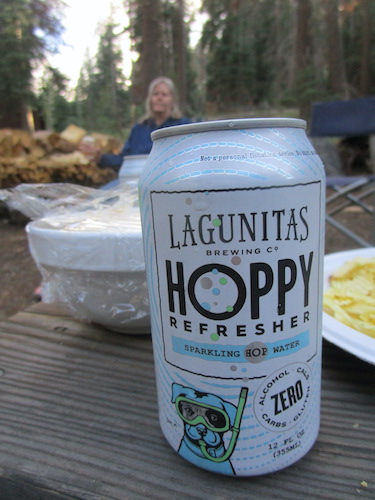

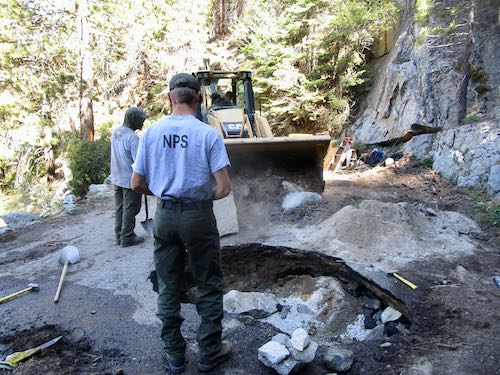
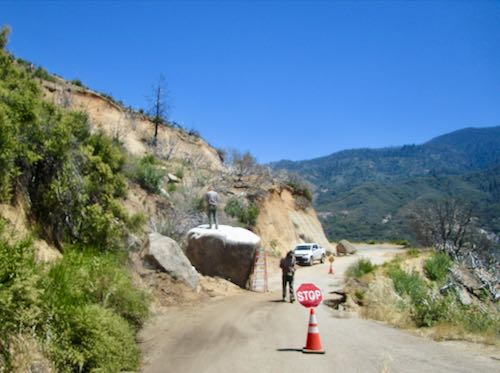
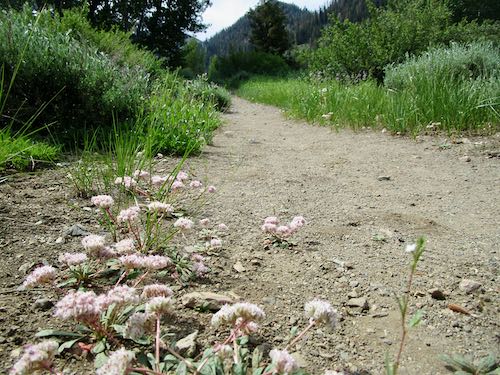
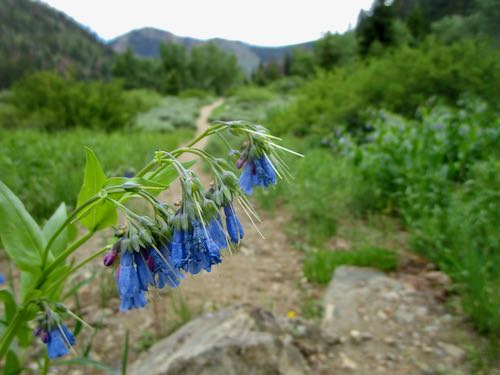
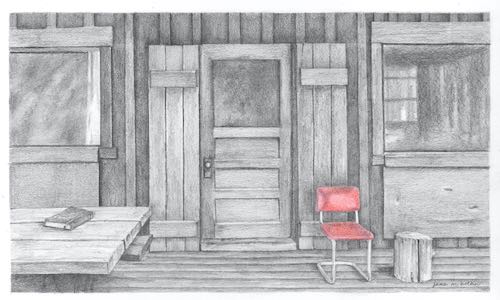 (Not my front porch)
(Not my front porch)